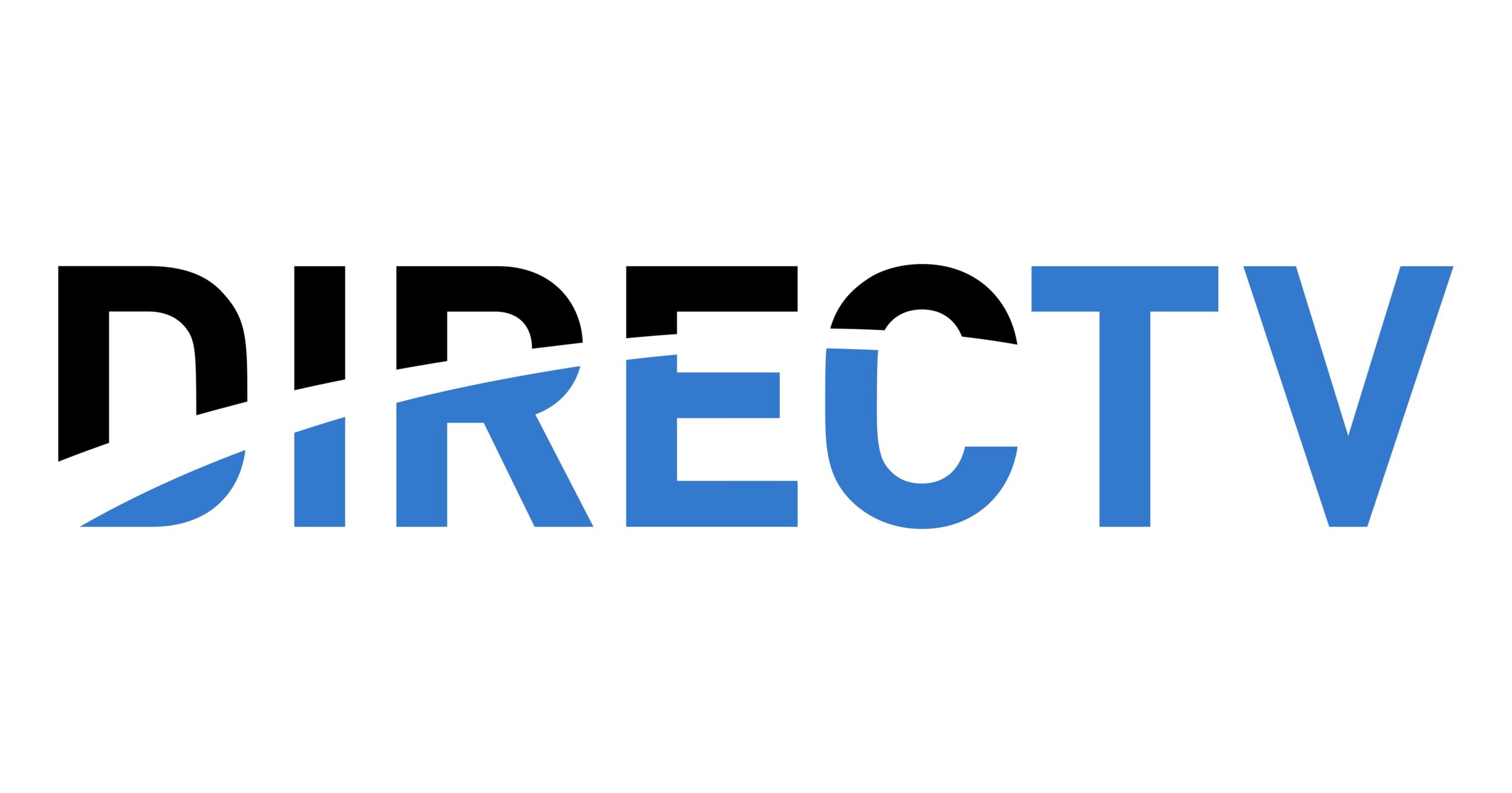Jobs
Jobs in wind, solar, and energy storage are booming. Is your state keeping up? » Yale Climate Connections

Clean energy jobs grew more than twice the rate of the overall economy in 2023 – and every state has its own piece of the story to tell.
By the end of 2023, there were over half a million jobs in wind, solar, and energy storage in the United States, according to the Department of Energy’s 2024 U.S. Energy and Employment Jobs Report. Jobs within these sectors include design, manufacturing, trade, construction, and operation of energy systems.
Just two states hold one-third of the jobs in clean electricity generation: California and Texas. The rest of the jobs were distributed across the rest of the country in unequal and sometimes unexpected ways.
Get a high-level look at the latest clean energy jobs data in our interactive map below. Each state is ranked by the total number of jobs in solar, wind, and energy storage. Hover over or tap on any state to see the data broken down by sector as well as per capita.
Read on for key takeaways from the new data, including state standouts and lackluster performances.
Clean electricity jobs by the numbers: Highs, lows, and surprises along the way
Clean energy jobs are a powerful opportunity for communities. Energy jobs tend to pay higher wages than the national average, and the transition to less-polluting sources of energy is driving a surge in innovation, investment, and infrastructure construction.
Some states are reaping the benefits, while others appear to be lagging behind.
California leads the nation in sheer volume of clean electricity work, ringing in with 145,000 jobs in the sector. That’s no surprise, considering the Golden State’s powerful economy, big workforce, huge energy demands, abundant sunshine, deep experience in technology development, and keen interest in cleaner energy. Even with the state’s large population taken into account, it still notches third place in clean energy jobs per capita.
Texas claims second place for overall clean electricity job numbers, with 53,000 jobs – but it places 20th in the nation in terms of clean energy jobs per capita. One highlight for the Lone Star State: It’s ranked No. 1 in wind jobs.
Nevada and Vermont are the national leaders in per capita clean electricity job creation. Nevada has translated its huge solar potential into 9,000 jobs, with a similar tally for energy storage jobs. Vermont has a small population but a relatively large appetite for solar power, landing the Green Mountain state in second place for green electricity jobs per person.
Massachusetts ranks second for solar jobs despite a preponderance of gray flannel weather. On the flip side, relentlessly sunny New Mexico ranks only 29th in solar jobs, in part due to its small population. The state is 11th in clean energy jobs per capita.
The Dakotas punch above their weight when it comes to wind jobs, and these rural states rank eighth and ninth for clean electricity jobs per capita. Neighboring Montana shares a similarly robust wind potential but has not been able to turn that potential into jobs. The Big Sky state sits 49th in wind jobs and 46th in per capita clean energy jobs.
The states at the back of the pack are trailing the rest of the country by a surprising amount. Alaska, Wyoming, Montana, West Virginia, Mississippi, and Delaware have the lowest employment in clean electricity technologies. In fact, if you combined the job total in all five of these states, it would still only rank 32nd, right behind Oklahoma.
Jobs in wind and sun can be anywhere, but some locations are missing the opportunity.
The geopolitics of fossil fuels dictated a starkly uneven geography of winners and losers when it comes to energy resources. As the energy economy shifts to renewables, these disparities shrink, allowing people in just about any location to capture energy from wind and sun. Furthermore, the components needed for modern energy can be built in any state. For example, areas without steady winds can still tap into wind jobs by manufacturing parts for wind turbines.
But there’s an interesting signature of fossil fuels in this data. Of the five states with the fewest clean generation jobs, four are major fossil fuel producers: West Virginia, Montana, Wyoming, and Alaska. In these cases, the lack of clean energy jobs may be related to the absence of political will. Montana and Wyoming, for example, have enormous wind resources, but state legislatures in those states have made multiple attempts to slow down renewable energy development while protecting fossil fuels.
Texas breaks this pattern, though, illustrating that it’s not necessary to choose one source of energy over another. Texas is pursuing the “all of the above” strategy, driving its energy industry with fossil fuels, wind, solar, and batteries – all at the same time.
That said, the amount of wind and sun that naturally occurs in an area has a lot to do with how much energy can be generated. This deep-dive article looks at wind and solar jobs per terawatt-hour of wind and solar potential in each state. A series of maps illustrates how well each state is using its available renewable energy resources to drive its economy.
New developments in clean energy are unfolding at a rapid – and encouraging – pace. With the help of federal investments via the Inflation Reduction Act, innovations in battery chemistry, and modernization of the electricity grid, the industry is booming. There have never been so many different options for developing and growing an energy-based economy. As clean energy adoption accelerates, it becomes ever more apparent that a cleaner environment and a thriving economy are natural partners. There is no need to sacrifice one for the other when you can have both.
We help millions of people understand climate change and what to do about it. Help us reach even more people like you.









